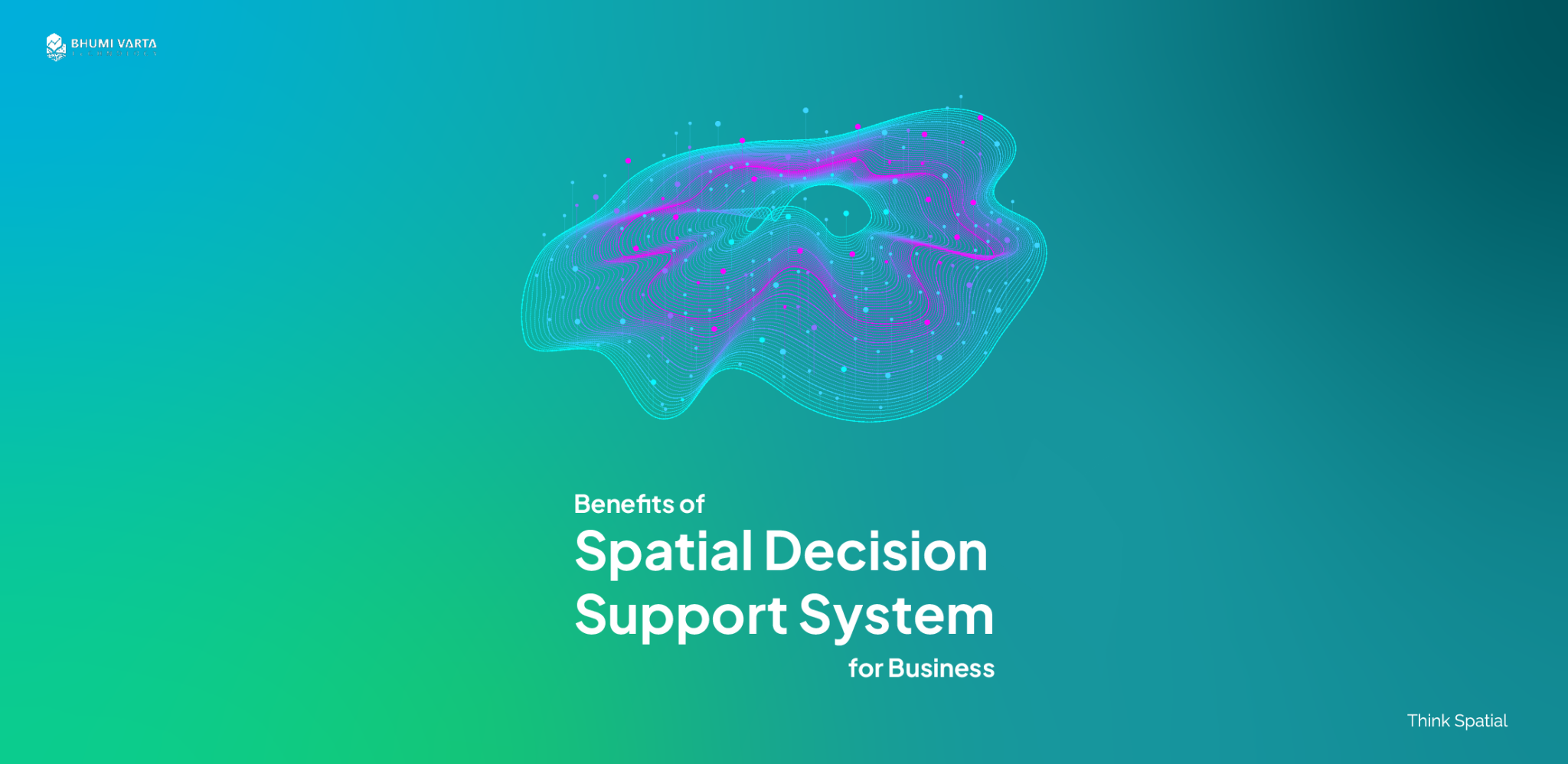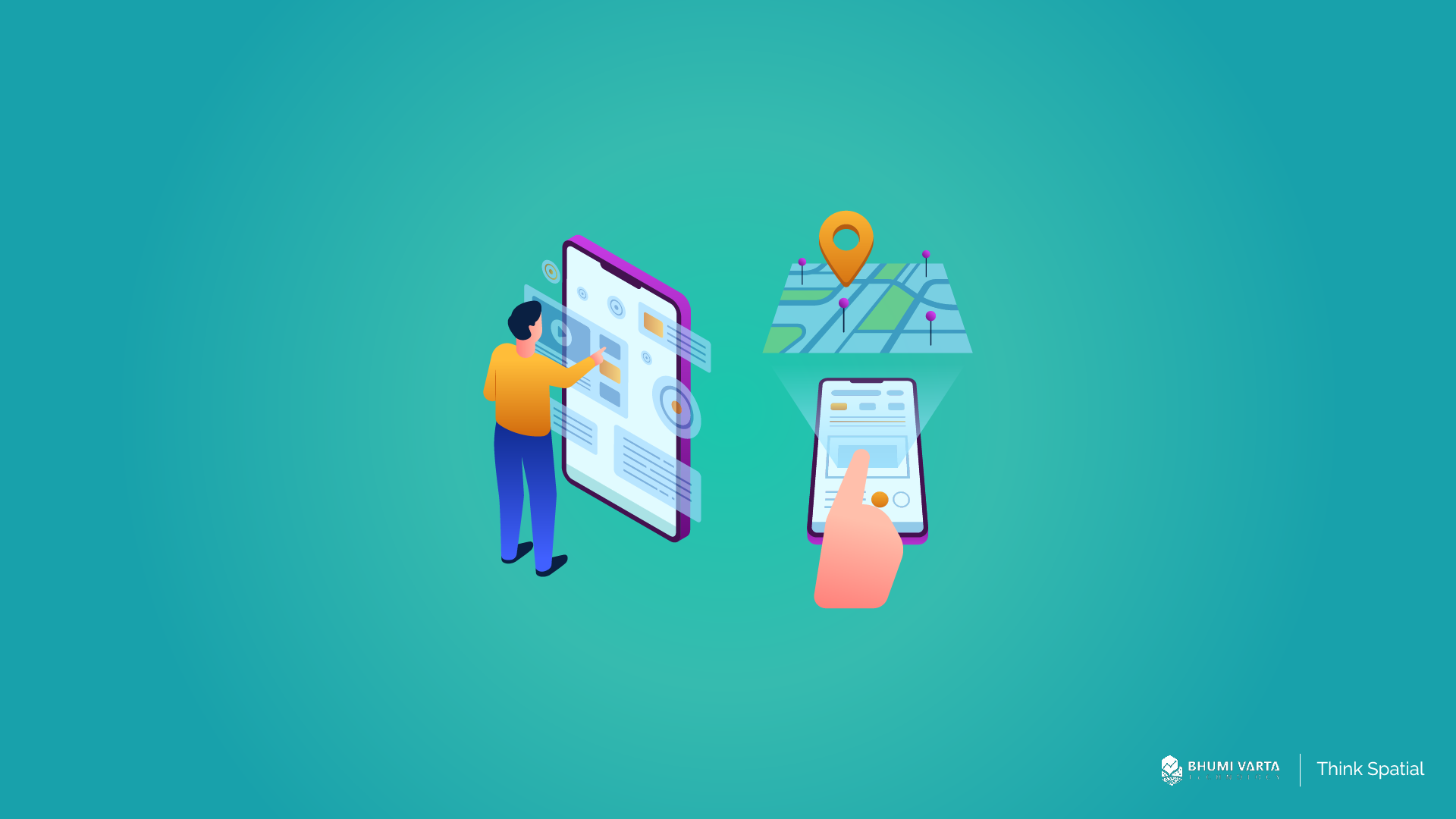Retailers that are growing usually want to reach more customers by opening new stores in different areas. Even now, most Indonesians still prefer shopping at physical stores to meet their daily needs.
But picking the right location for a new store isn’t as simple as it sounds. A good location can make a store busy and successful, while the wrong one might leave it empty. That’s where geospatial data comes in, it helps businesses make smarter decisions when expanding their retail stores.
Curious how it works? Let’s dive into the full story in this article
Contents
Common Problems Retailers Face When Expanding
When businesses want to open new branches, they often run into a few common challenges. One of the biggest ones is finding a truly promising location, not just a busy area, but one that can bring in steady profits over time.
Finding the right spot isn’t easy. If done the old-fashioned way, the process can take months, involve lots of people, and cost a lot. That’s why choosing a location shouldn’t be rushed. The right place can make a huge difference, it can bring in more customers, boost sales, and help the brand stand out in a crowded market.
On the flip side, picking the wrong location can really backfire, fewer visitors, high operating costs that don’t match the income, and even losses that can slow down your business growth. That’s why it’s important to take a smarter, data-driven approach to help find the best location quickly and accurately.
How Geospatial Data Helps Businesses Find the Right New Locations
Geospatial data, often referred to as geodata, is a type of information that relates to specific locations or positions on the Earth’s surface. It includes a wide range of details, from physical features like buildings, roads, and rivers, to events or natural and social phenomena occurring in a particular geographic area.
Each piece of geospatial data is tied to geographic coordinates—latitude and longitude—which are used to pinpoint exact locations.
In other words, geospatial data doesn’t just show what happened, but also where it happened. This makes it possible to perform deeper analysis of an area, including its environmental conditions, economic potential, and patterns of human behavior.
Geospatial data helps businesses make strategic decisions, especially when choosing new locations, by offering deep insights into an area’s potential.
With data-driven location analysis, businesses can uncover important factors that aren’t immediately visible, such as activity density, the characteristics of the surrounding environment, and consumer behavior in the area.
Common types of geospatial data include Points of Interest (POI), mobile data, land use data, and more. By combining these data types, businesses can create detailed maps and perform comprehensive analyses to identify locations that are profitable, accessible, and well-suited to their target market. This data-driven approach makes the site selection process more efficient, accurate, and less risky.
Example of How Geospatial Data Helps with Finding the Right Location
Let’s say there’s a retail company, call it Business A, that already has dozens of stores in different cities. Now, they’re planning to open 10 more as part of their expansion plan. However, to make this happen, they must analyze hundreds of potential locations across various regions. The challenge lies in choosing a location that is genuinely profitable and aligns with their target market.
To avoid making the wrong move, Business A uses geospatial data to support the location selection process. By leveraging this data, a process that usually takes a long time and involves a lot of guesswork can be done faster, more efficiently, and based on solid facts.
Geospatial data provides important insights needed for choosing the right location, such as points of interest (POIs) nearby that indicate potential crowds, like shopping centers, offices, schools, or places of worship.
It also includes competitor maps, accessibility, crowd levels, and foot traffic based on movement data (mobile data) that shows how often an area is visited or passed through, and demographic data like population size, age groups, and purchasing power in the area.
By combining all these geospatial data points, Business A can create a shortlist of the most promising locations. In the end, they can pick a spot that truly fits their needs and business strategy, one that’s not only busy but also right on target and has strong profit potential.
Get All the Geospatial Data You Need with LOKASI Intelligence
LOKASI Intelligence offers a wide range of geospatial data for comprehensive location analysis, including people traffic data, demographic data, land use data, Points of Interest (POI), disaster data, and socio-economic status data.
All of this information helps businesses gain a deep understanding of an area’s characteristics before opening a new branch. With LOKASI, businesses don’t just get recommendations for potential locations, they can also analyze each site in detail.
For example, they can see crowd levels, understand the profile of the local population, assess accessibility, and identify where competitors are located. Using LOKASI Intelligence’s data-driven approach, the location selection process becomes faster, more accurate, and less risky, enabling businesses to make smarter and more targeted expansion decisions.
Learn more about how LOKASI Intelligence can help your business by contacting us at:
Email: [email protected] or WhatsApp: 0877-7907-7750
FAQ
What is geospatial data?
Geospatial data, also known as geodata, is information related to the location or position of objects on the Earth’s surface.
Who needs geospatial data?
Retail businesses are one group that benefits from geospatial data. Retailers use it to analyze and identify the best locations, helping minimize the risk of expansion failure.
What are some examples of geospatial data?
Examples include demographic data, Points of Interest (POI) data, disaster data, people traffic data, and more.



